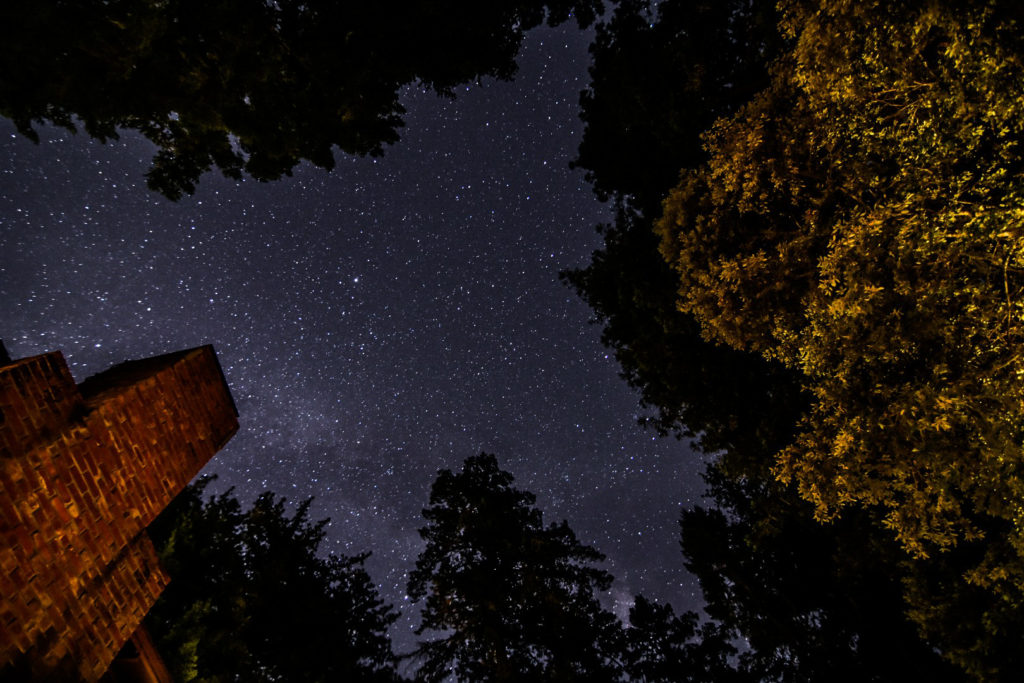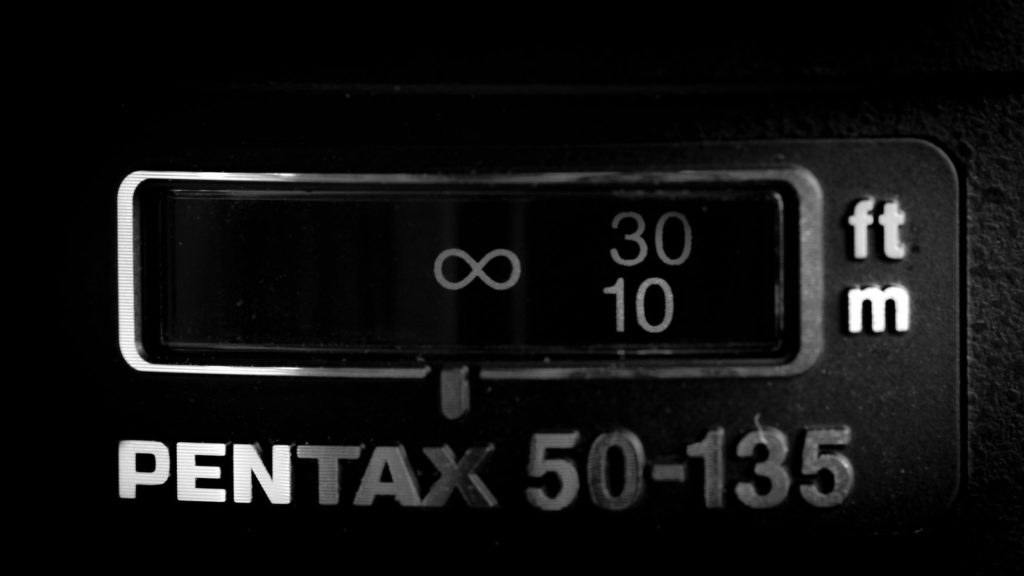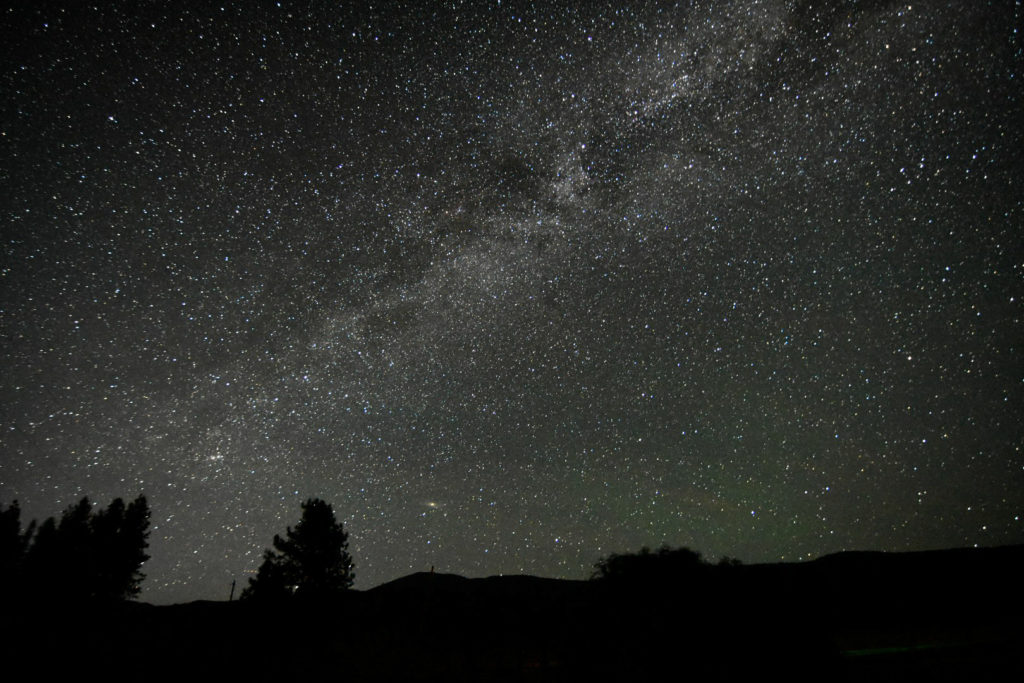The Tokina AT-X PRO 11-16mm f/2.8 lens sells for around $450 USD. There’s no doubt its great lens all around for its price, but does it prove effective for shooting astrophotography?
The Tokina 11-16mm lens is a powerful lens when it comes to astrophotography. Its wide-angle 11mm-16mm allows longer exposures without any star trails. The fast aperture f/2.8 is optimal when shooting in low light environments. The combination of the fast aperture and the means for a long exposure is what makes this a great lens for shooting the night sky.
Tokina AT-X Pro
The Tokina AT-X Pro 11-16mm f/2.8 (we’ll just call it the Tokina 11-16mm from now on) is a great lens for its cheap price. It’s an AT-X Pro model which means “Advanced Technology-X.” AT-X lenses are high performance and efficiency for a low price. The lens is a bit on the bulky size, which may be a con for you, but it makes up for that with its wide-angle. It weighs about 550g according to Tokina. This lens is Aspherical meaning it will take sharper photos. Today will be referring to the lens with the Nikon mount but this is general information for both Nikon and Cannon cameras alike.
On a normal usage for landscape photos, this lens has its pros and cons. But today we’ll be going over why the Tokina AT-X Pro 11-16mm makes a great lens for shooting the night sky or any dark environment.
Fast Aperture

The number one most important aspect of any lens when it comes to astrophotography is the aperture or f-stop. The aperture controls how much light enters the camera and when shooting the stars, you need the fastest aperture possible to take in the most light from the night sky. A good rule to follow is f/3.5 (the lower the number the faster the aperture) and under will work for astrophotography.
The Tokina 11-16mm has an aperture f-stop number of f/2.8 which well exceeds the f/3.5 and under rule. The difference of a slower aperture to a fast one like f/2.8 is a huge difference. The fast aperture will give you an enormous advantage over other lenses.
Your camera will take in a huge amount of more light with the f/2.8 aperture and hundreds of more stars will be visible in your photo due to the much faster aperture. The milky way galaxy and the andromeda galaxy will also be more clear and sharp.
Wide Angle
The Tokina 11-16mm has an extremely wide angle of 11-16mm (suggested by its name) which lets you capture bigger portions of the sky. This looks better in photos, allows you to capture more landscape as well as the night sky, and also increases your chance of capturing a meteor in the frame.
But the most noticeable perk to a wide-angle lens is the decrease in star trails. Due to the rotation of the earth, the stars look like they are slowly moving across the sky. You generally do not see this effect while looking into the night sky but remember astrophotography requires long shutter speeds. Long exposure shots cause the effect of stars moving across the sky becoming visible. Instead of looking like dots, stars look like they are smeared across the photo or look like lines. This effect is called star trails. The longer the shutter speed the more pronounced star trials are.

Star trails are notably less apparent in wide-angle photos allowing you to take set even longer shutter speeds without having to worry about the stars smearing across the photo. In case you didn’t know longer shutter speeds are better for astrophotos because it takes in more light from the sky, meaning more stars in your photo.
A downside to having a wide-angle is that its extremely difficult to photograph the moon as the moon looks very small in the picture even at max zoom 16mm. You’ll need to crop your photo around the moon which will make cause it to look extremely low quality.
Because of this lack of zoom on wide angle cameras, its very difficult to photograph non star objects like comets, meteors, and galaxies.
Manual Focus Infinity Indicator

Something I didn’t know when I first started astrophotography was how to focus to infinity. As you know, stars are very far away so to focus on them, you need to focus on infinity. On an autofocus lens doing so proves difficult, which is why a pro to this lens is its manual focus indicator. The Tokina 11-16mm has a focus ring that marks where infinity is so you can focus on infinity accurately. Other lenses I’ve used don’t have this feature so you have to guess and check where infinity is.
Unfortunately, this lens does not have autofocus which is a con. But in astrophotography you don’t really need an autofocus. The only thing you will ever need to focus on is infinity.
Lens Hood
The Tokina 11-18mm comes with a BH-77B hood included in the package. The lens hood goes around the lens and blocks external light from entering from the sides and interfering with your photo.
A major problem in astrophotography is light pollution. If you didn’t know light pollution is when outside lights from cars, buildings, etc outshine the light of the stars. In a big city, there are few stars you can see with the naked eye. In a dark rural area, you can see thousands.
Glare from a nearby external light can be blocked by the lens hood that comes with the Tokina 11-16mm. Unfortunately, this will only help with nearby lights and will not eliminate all light pollution. But is still a good perk.
Conclusion

As a recap, the Tokina 11-18mm has its pros, its fast aperture, wide-angle, manual focus indicator, and has a lens hood included with it. But it also has its cons, a lack of zooming in functionality, as well as its lack of autofocus. In conclusion, the Tokina 11-18mm is an excellent choice for an astrophotography camera lens and its pros easily outweigh its cons.
You’ve made it to the end, thank you for reading this post I hope you enjoyed. I hope this has helped you make a decision on whether or not you should buy the lens.

Hello.
Great review.
I have also this Tokina 1 1 – 16.
Is really very good but I note a lot of coma (really to mutch) in the stars near the corners. Is that normal? There is any way o avoid that?
Thank you very mutch
Sometimes lowering f/stop can help, but other than that there’s not much you can do.